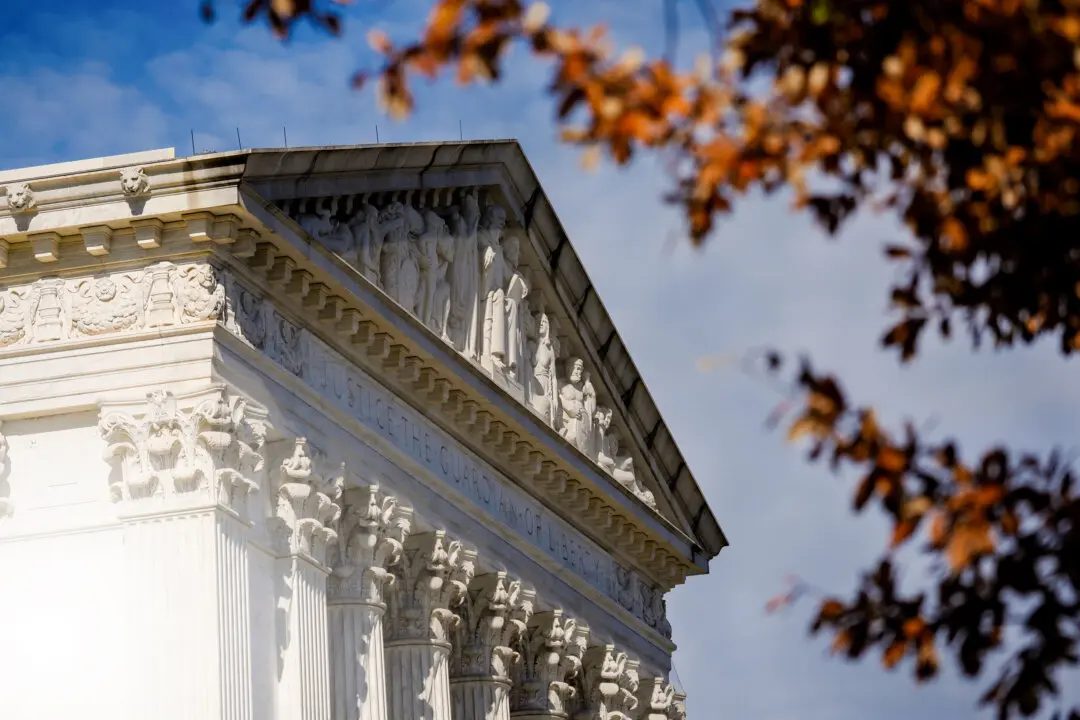National park visitors could soon be zip-lining through a forest or hang-gliding over a valley under new rules approved by Parks Canada, part of a cultural change in the way the federal agency manages some of the country’s most beloved landscapes.
“When an organization or a visitor would approach us with a new possible activity or event, the easiest answer for us to give was ‘No,’“ said Ed Jager, Parks Canada director of visitor experience. ”That’s the culture we’re trying to change.”
This spring, Parks Canada completed a four-year review of activities it would allow in areas it controls.
The sport of geocaching, a sort of GPS-guided treasure hunt, got the OK in 2009. Mountain biking, kite surfing and zip-lining were all approved over the years and hang-gliding and paragliding were given the nod in February.
Managers at each park now have the authority to decide how those activities fit their environments.
Canopy tours, which use zip lines to take visitors through a treetop environment, are also being considered.
Paragliders are panting at the thought of soaring along mountainsides and over lakes.
“It would be a great opportunity for us to go into some of the most beautiful areas in Canada,” said Bruce Busby of the Hang Gliding and Paragliding Association of Canada. “We’re champing at the bit.”
The new activities will increase private business involvement in the parks. Via ferratas and canopy tours would be offered by for-profit operators, said Jager.
“People would pay a fee and we would make sure it was a very safe experience for visitors.”
The idea, he said, is to keep an increasingly urban and immigrant-based population connected to its natural heritage.
But allowing such activities in the parks risks making thrill-seeking the lure, zipping through the forest rather than experiencing the trees, said Alison Woodley of the Canadian Parks and Wilderness Society.
“Are they really connecting people to these places in ways that allow them to build that culture of conservation in Canada?” she asked. “Some of these activities, it’s not clear they’re connecting people with nature.”
She also points out that budget cuts at Parks Canada are inhibiting the agency’s ability to monitor the results and effects of their decisions.
“Canadians really love their parks as wild places and they want them protected as wild places. We have to make sure we don’t cumulatively damage that.”
Balancing wilderness values and human use is a fine line, Jager acknowledged.
“They’re complex issues and you have to make sure you get it right—right for now and right for your great-great-great-great-grandkids.”
With files from The Canadian Press




